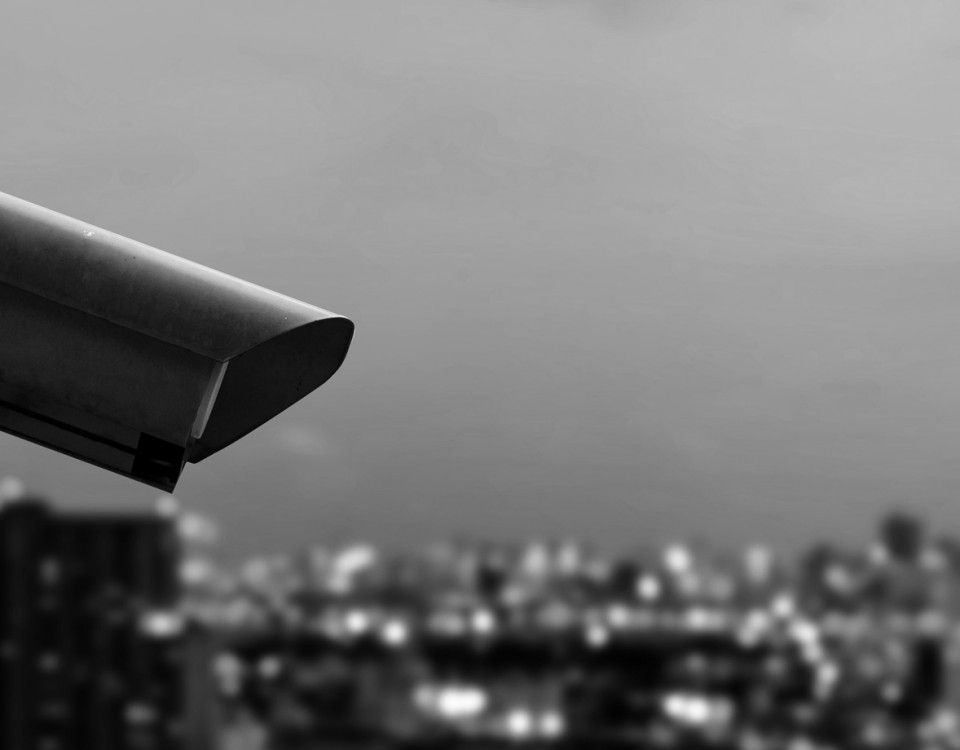Global MSC Security Seminar & Exhibition 8th March, Bristol
2 March 2011Protection of Freedom Bills Consultation – your opinion counts
7 March 20113G CCTV & Rapid Deployable Equipment
 Remote surveillance has been a popular and sometimes essential feature of modern DVR and CCTV systems for some time. Remote access can be facilitated using a wide range of network topologies – xDSL, leased line, 802.11b/g Wi-Fi networks or in some cases Microwave links.
Remote surveillance has been a popular and sometimes essential feature of modern DVR and CCTV systems for some time. Remote access can be facilitated using a wide range of network topologies – xDSL, leased line, 802.11b/g Wi-Fi networks or in some cases Microwave links.
There are many applications where fixed line access is not available or practical such as construction sites, mobile CCTV, rapid deployment systems, or temporary CCTV installations.??With many modern DVR and CCTV systems now supporting the H.264 codec, or their own advanced proprietary compression algorithms, the bandwidth available through 3G broadband networks (typically 384Kbit/sec upload on HSDPA), provides usable image quality and frame rates over 3G networks.
There are a few key points to consider when planning remote 3G CCTV access which we will be discussing in a series of blog posts.
Technical Considerations
- The UK 3G networks provide private, dynamic IP addresses which cannot be accessed from the Internet (access is blocked by NAT firewalls). You will need a public static IP address to successfully implement 3G CCTV access.
- You must select a provider with good network upload speed for high frame rates and better image quality
- You may require an external antenna to maximise throughput on your 3G connection

